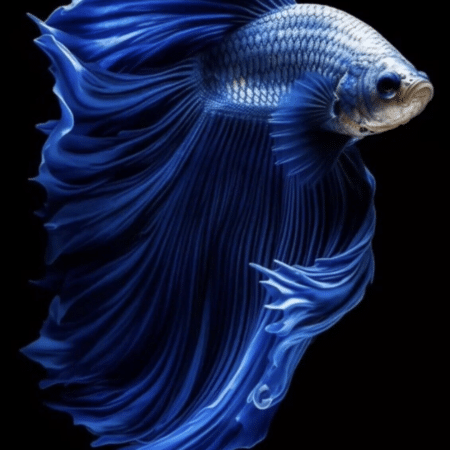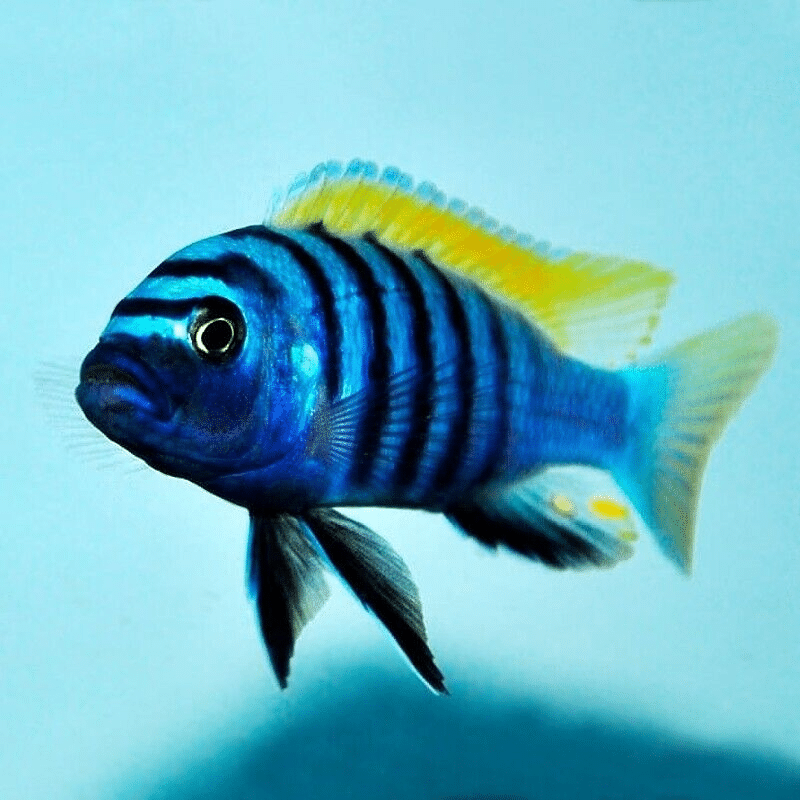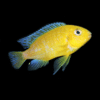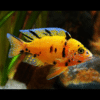-
×
-
×
-
×
-
×
-
×
-
×
-
×
-
×
-
×
Subtotal: £374.50






















Emily Carter (verified owner) –
I recently added a Jalo Reef Dogtooth Mbuna to my aquarium, and I couldn’t be happier! After about two months of observing its behavior and interactions, this tropical fish has truly become the star of my tank. The vibrant blue and yellow coloration is stunning, and it really enhances the overall aesthetic of my setup.
I’ve kept various African cichlids before, but the Jalo Reef is particularly active and has a fascinating personality. It’s a great swimmer and loves to explore every nook and cranny of the tank, which is something I adore watching. I did have a concern about its compatibility with my other fish, but it settled in perfectly and has a lively but not overly aggressive nature, making it an ideal addition to a community tank.
One tip for fellow hobbyists: ensure your aquarium has plenty of hiding spots and caves, as it really enjoys claiming its territory. Overall, I highly recommend the Jalo Reef for anyone looking to add a dynamic and colorful fish to their collection. This African cichlid has brought so much joy to my aquarium, and I’d definitely buy another one!